For a country, that its natural resources are yet to be explored fully, tourism in general or bird watching tourism in the Democratic Republic of Congo remains as a far-fetched realization.
However, with some reasonable establishment of tour operations and safaris in the eastern part of the country, some DR Congo tour operators alongside other safari partners from Rwanda, Uganda, Kenya and Tanzania have managed to give birdwatching a better meaning in the DR Congo.
Here, there is a good number of the Albertine’s’ Rift Valley bird species that are all heavily sought after by every single avid birder who would love to do birding in the DR Congo’s most accessible safari destinations both in North Kivu and South Kivu respectively. If you thought that tourists to the DR Congo only come for the gorillas only, then you are wrong.
To be fair enough, DR Congo’s hidden jewels of nature rarely receive any positive mentions globally and this has rendered the country to be least known on matters pertaining ecotourism potentials. At Oluokos Signature, we are optimistic and a believer that we can change this narration through tourism and that tourism offers other opportunities not only for peace but also for the host communities to enjoy measurable economic gains.
Why Birdwatching in DR Congo – Endowed with diverse habitats the DR Congo is home to the majority of two Endemic Bird Areas (EBAs), the Eastern DR Congo plains and the Albertine Rift Mountains. These two EBAs form the central refuge, which is one of Africa’s most important endemism hotspots.
Of all the 43 restricted range species of these two EBAs are present, with 23 of them being of the global conservation concern status. Additionally, two secondary EBAs fully lie within Democratic Republic of Congo. These are namely; Lake Lufira and the Upemba National Park in lowlands of Katanga region. The remaining two are partially within the country, in the Cabinda coast and in the western DR Congo respectively.
In total, there are currently 20 endemic bird species in the DR Congo. This list include the Grauer’s Cuckooshrike, Itombwe Nightjar, Schouteden’s Swift, Congo Peafowl, Congo Bay Owl, Yellow-crested Helmetshrike, Kabobo Apalis, Congo Martin, Prigogine’s Greenbul, Red-collared Mountain Babbler, Bedford’s Paradise-Flycatcher, Congo Sunbird and the Lake Lufira Masked-Weaver among others.
Of the good news to birdwatchers, the Democratic Republic of Congo also has a high proportion of biomes restricted species: 228 out of 278 Guinea-Congo forest species, 93 out of 228 Afro-tropical Highlands species, 47 out of 67 Zambezian biome species, 29 out of 54 Sudan-Guinea Savannah species, and 9 out of 12 Lake Victoria basin biome species.
Important Bird Areas in the Democratic Republic of Congo
DR Congo has 19 Important Biodiversity Areas (IBAs), 12 of which are legally protected, have been recognized, these encompass 130,500 square km or 5.5 percent of the country and including a diverse range of habitats. On the other hand, vast habitats of the DR Congo’s territory have not been fully investigated by expert ornithologists, and many significant sites are likely to remain undiscovered and poorly documented.
1. Upemba National Park
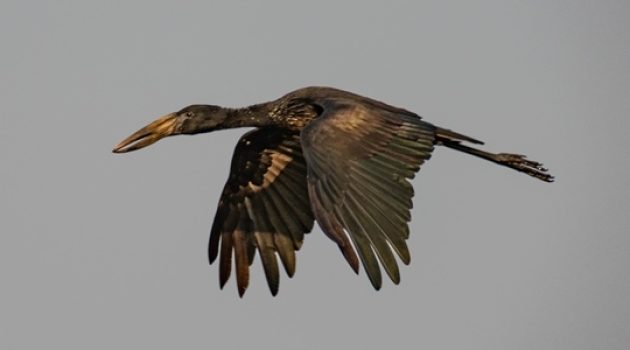
Upemba National Park is a large area in the southeastern of the Democratic Republic of Congo, situated on the Kibara plateau and bordered in the west by the Lualaba River and numerous lakes, among which Lake Upemba is the largest.
The habitat of the plateau consists mainly of gently rolling grasslands at altitudes of between 1,750 m and 1,800 m. These are interspersed with numerous streams, which rise on the plateau and are lined with gallery forest.
Rainwater accumulates in depressions of variable size, forming permanent ponds or temporary swamps, which are particularly numerous at the end of any rainy season. The grasslands are bordered by Uapaca-dominated woodland. On the slopes of the plateau and especially on the Lake Upemba plain, Brachystegia and Isoberlinia woodlands occur.
Notable birds of the Upemba National Park include Black-lored Waxbill is restricted to grassy plains around the Lualaba River and Lake Upemba. The race Geokichla guttata lippensi
The endangered Spotted Ground Thrush has been described from a single specimen from montane forest in Upemba. Wattled Crane is not uncommon on the plateau. Shoebill has been recorded nesting. There are also records of Lesser Kestrel and Corn Crake. In addition, four species of the Guinea–Congo Forests biome and three of the Afrotropical Highlands biome have been recorded.
2. Ngiri Forest
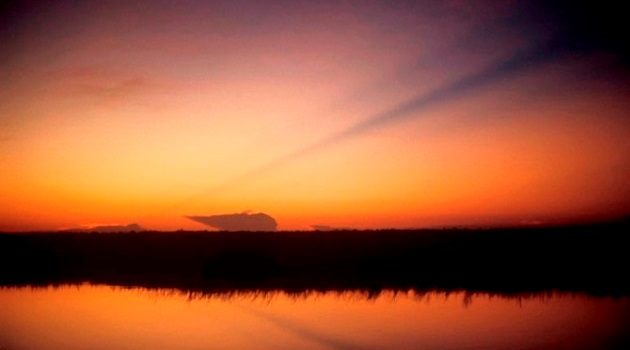
The Ngiri Reserve is a protected area of the Democratic Republic of the Congo. It is located in the western Équateur province, in the Bomongo, Bikoro and Makanza territories, and covers a total area of 1,000 square kilometers. It extends northward from the confluence of the Congo River and the Ubangi River. According to the World Wide Fund for Nature the reserve will conserve biodiversity and the ecosystem in the Ngiri triangle.
The avifauna is inadequately known. Large numbers of water birds breed, especially Purple Heron (1,000s), African Darter and Long-tailed Cormorant. Rossy Bee-eater and African River Martin breed when water-levels are low. It is the only site in the country known to hold Congo Sunbird. The savanna corridor is presumed to constitute an important migration flyway.
3. Okapi Faunal Reserve
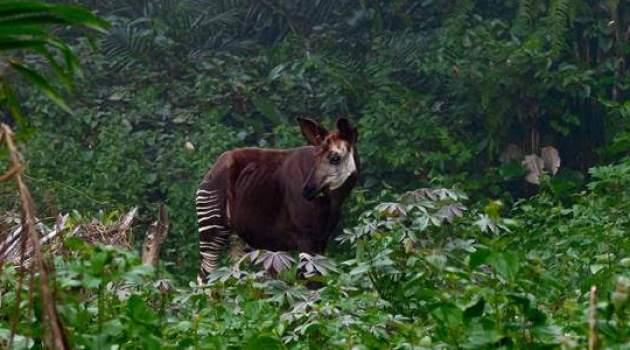
The Okapi Faunal Reserve is a huge tract of moist semi-evergreen lowland forest, with swamp-forest and, along roads, secondary forest, in northeastern of the Democratic Republic of Congo. Part of the large Ituri Forest, Okapi lies between approximately 1°N in the south, 28°E in the west, the Nepoko river in the north, and the Mambassa–Andudu road in the east. The Ituri and the Epulu are the main rivers.
The terrain is gently undulating with some higher hills in the north. Dominant tree species include Cynometra alexandri, Julbernardia seretii and Gilbertiodendron dewevrei. There are areas in which G. dewevrei occurs as monodominant stands, but the other forest-types are noted for their richness. The site is one of the largest tracts of intact forest remaining on the rim of the Congo basin. The forest is important as the home of the hunter-gatherer Mbuti and Efé pygmies.
The rare Yellow-legged Weaver and Golden-naped Weaver occur; the former is known only from the Ituri forest and all recent sightings are from the reserve, the latter has been recorded from one other site only. It is probable that Congo Peafowl occurs. The monodominant Gilbertiodendron forest appears to be important habitat for Zoothera thrushes, in which at least three species occur. In addition, three species of the Afrotropical Highlands biome have been recorded.
4. Lake Lufira Biosphere Reserve
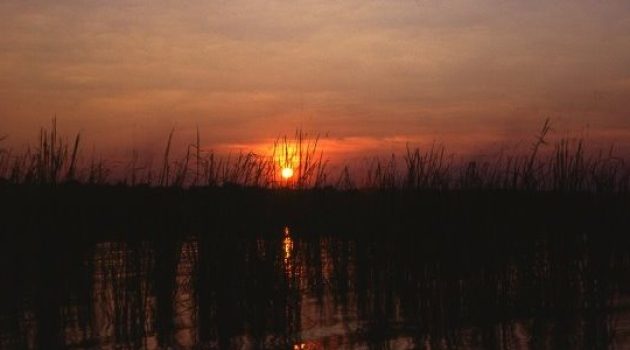
An area of swamp, grassland and wooded savanna and an artificial lake in the Lufira valley in southeastern DR Congo, east of the town of Likasi. The Lufira River is a major tributary of the Congo which rises in southern Katanga. In its upper reaches the river meanders through a large swampy depression situated in the centre of vast alluvial plains.
Since the construction of a dam in 1926, this depression has been partly flooded and a shallow lake, Lake Lufira also known as Lake Tshangalele, has formed. The area comprising the central and peripheral plains and to extent of the lake; the flooded parts cover a maximum of 44,000 ha.
The altitude is of the lake is 1,100 m, while the surrounding chain of low mountains rises above 1,300 m. Vegetation-types include permanent swamps with Typha and Cyperus and various savannas (from open and wet to drier, wooded types) characterized by Isoberlinia, Uapaca, Syzygium, Loudetia simplex, Digitaria scalarum, Hyparrhenia rufa, Themeda triandra, Pterocarpus and Acacia.
Key species. Lake Lufira Masked Weaver is restricted to the swamps bordering Lake Lufira; there is no recent information on its status. Shoebill has been recorded. There are also records of Lesser Kestrel and Corn Crake. The site may constitute a stop-over site for water birds migrating between the lakes and wetlands of the Upper Congo and those of the Upper Zambezi.
This biosphere reserve is located in the southeast of the Democratic Republic of Congo. Lake Lufira became the first miombo woodland to be designated as a biosphere reserve. The conservation status of Lake Lufira guaranteed the existence of the Lake Lufira Masked-weaver a bird that is highly localized here.
5. Kahuzi Biega National Park

Maiko National Park is the Democratic Republic of the Congo’s most remote wildlife area. Covering an area of 10,885 km2, the vast moist forest is divided into three sectors, straddling the states of Nord Kivu, Province Orientale and Maniema. Three of the country’s spectacular endemic animals occur here: the Grauer’s gorilla, the okapi, and the Congo Peacock. Maiko is also an important site for the conservation of the African forest elephant, eastern chimpanzee and the endemic aquatic genet.
6. Luki Biosphere Reserve

Luki Biosphere Reserve is located approximately 120 km east of the Atlantic coast and 30 km north of the port city of Boma and 125 km from the city of Matadi. It extends over three administrative zones: Seke-Banza, Lukula and Moanda – Bas-Fleuve district. The Luki Woodland Reserve is a lowland forest region along the Atlantic coast to the north of the town of Boma. There is no extensive information available for this site, but it is likely to have 136 of the 228 species found in the Guinea-Congo Forests biome.
7. Itombwe Mountains
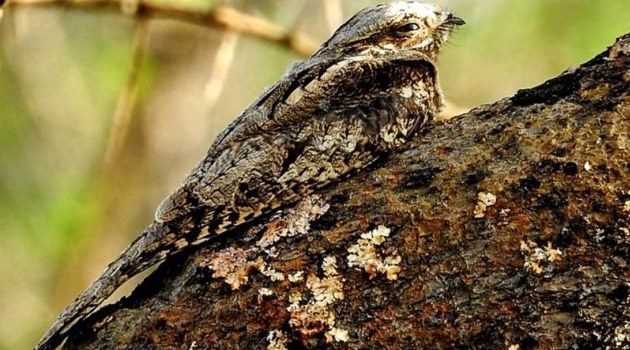
The Itombwe mountains run north–south beside the Albertine Rift to the west of the northernmost stretch of Lake Tanganyika in eastern DR Congo. Several peaks rise above 3,000 m, the highest being Mt Mohi at 3,475 m. In the east there is a sharp drop in altitude towards the Ruzizi plain and Lake Tanganyika, while westwards the altitude decreases more slowly.
Montane forest (above 1,500 m) is estimated to cover about 650,000 ha, including 150,000 ha of bamboo and 50,000 ha of gallery forest. On the east side of the range montane forest is only patchy or occurs as galleries below 2,300 m, whereas on the western slopes there is, with decreasing altitude, bamboo, montane forest, a grassland zone, then further montane forest that intergrades with lowland forest between 1,800 and 1,200 m.
With 563 species reported, the Itombwe Mountains in the Democratic Republic of Congo are located to the west of the northernmost region of Lake Tanganyika and are Africa’s richest single forest habitat for birds. The recently described Prigogine’s Nightjar is uniquely known from this location, as are the Congo Bay Owl and Schouteden’s Swift.
8. Kundelungu National Park
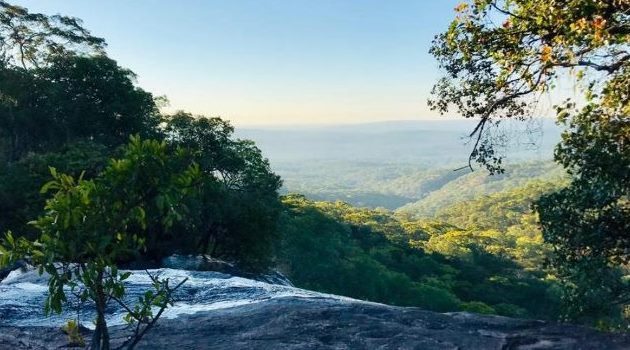
Kundelungu National Park is a national park of the Democratic Republic of the Congo, the park is located in south-eastern DR Congo, comprises two parts. It is approximately 7,600 square kilometers. The park is the site of Lofoi Falls, a 340 meters high waterfall (one of the largest in Central Africa. is situated on a plateau between 1,200 m to 1,700 meters, characteristic of the Katanga region, on which the habitat consists of grassland and open woodland, with some gallery forest along the drainage lines.
The slopes are covered in dense Brachystegia woodland. The western limit is formed by cliffs of up to 400 m high which fall perpendicularly to the Lufira river valley. The waterfalls of the Lofoi River, a tributary of the Lufira in the north of the park, are said to be the highest in Africa, with a 342 meters drop. The western section of the park, west and north-west of the Kiéngé road, encompasses a large swampy areas.
There is no recent birding report/information. From the old records of Lesser Kestrel and Corn Crake. Kundelungu is believed to still contain a good assemblage of species of the Zambezian biome. Wattled Crane is frequent. In addition, one species of the Guinea–Congo Forests biome is likely to occur.
9. Mount Hoyo Reserve
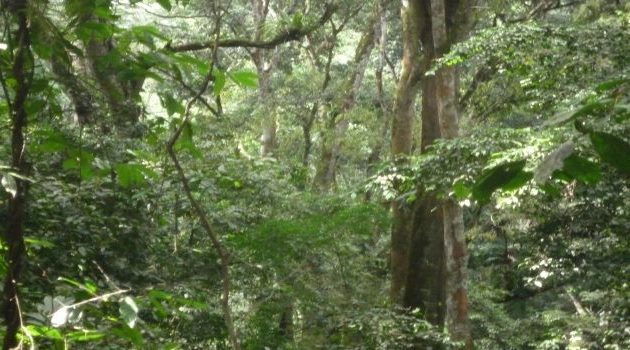
Mount Hoyo Reserve in DR Congo consists of the 1,450-meter-high peak and the adjacent forest region at the northern extremity of the Rwenzori range. The site may be expected to hold a good selection of species of the Guinea–Congo Forests biome. In addition, one species of the Sudan–Guinea Savanna biome has been recorded. Up to six species of the Albertine Rift Mountains EBA and 23 of the Afrotropical Highlands biome may be expected to occur.
10. Bombo Lumene Game Reserve
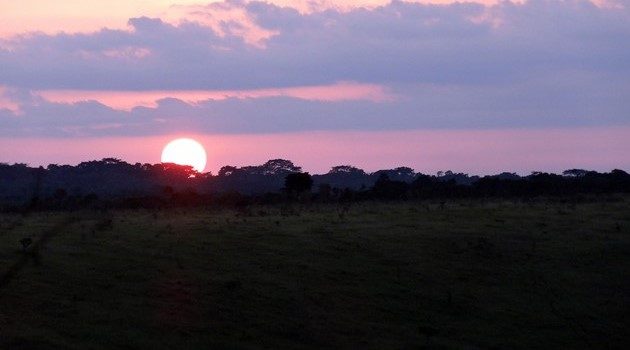
Bombo–Lumene Game Reserve is situated on the Batéké plateau at an altitude of 650–700 meters and consists of a gently undulating forest-savanna mosaic dominated by grassland and wooded savanna, interspersed with gallery forest.
The site lies south of the main Kinshasa–Kenge road, between the Muti-Mutiene and Bombo rivers in the west and the Lufimi River in the east. Bombo Lumene is the only protected region where White-headed Robin-Chat and Black-chinned Weaver have been recorded.
11. Salonga National Park
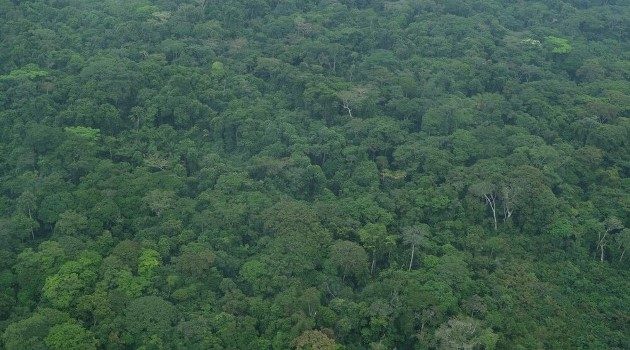
Situated to the south of the majestic Congo River, in the lowlands of Congo is a natural treasure largely unknown: the Salonga National Park. This is the largest forest park in Africa and one of the last remaining intact tropical forests in the world. Comprising a mosaic of rivers, streams, marshlands, typical grassy glades called bais and marshes, Salonga is home to 40% of the world’s bonobos. Apart from the apes, the main attraction is the Congo Peacock, only known to exist here.
12. Lendu Plateau
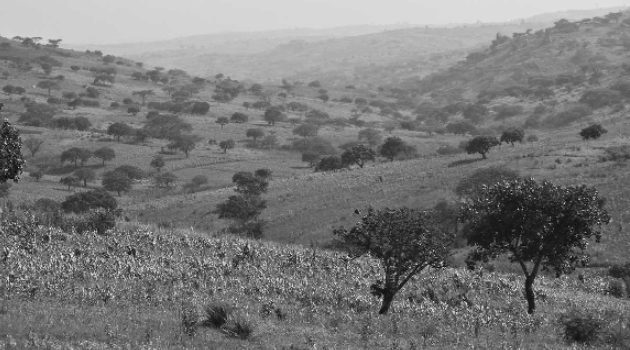
The Lendu plateau is a large area of high ground on the west side of Lake Albert in north-eastern DR Congo, bordered in the north by the Ugandan frontier. The altitude of the plateau varies between 1,700 m and 2,000 m rising, along its eastern edge, to some cone-shaped mountains, the highest of which is Mount Aboro 2,455 meters. The plateau is mainly grassy, with relatively few trees except Erythrina sp.
Formerly, some patches of montane forest occurred above 1,500 meters and on the higher mountains, but these have mostly been destroyed. The forest near Djugu, in the valley of the Nizi river, is perhaps the most important remaining site.
Here you can find Prigogine’s Greenbul and Bedford’s Paradise-Flycatcher. Corn Crake has been recorded. Chapin’s Flyctacher was originally discovered in montane forest near Djugu, where it may still occur. Chappin’s Crombec is only known from this site. Other species of interest include Prigogine’s Greenbul known only from one other site and Bedford’s Paradise-Flycatcher, a restricted-range species of the Eastern DR Congo lowlands EBA. Six species of the Sudan–Guinea Savanna biome, 15 of the Guinea–Congo Forests biome and one of the Lake Victoria Basin biome have also been recorded.
Situated to the south of the majestic Congo River, in the lowlands of Congo is a natural treasure largely unknown: the Salonga National Park. This is the largest forest park in Africa and one of the last remaining intact tropical forests in the world. Comprising a mosaic of rivers, streams, marshlands, typical grassy glades called bais and marshes, Salonga is home to 40% of the world’s bonobos. Apart from the apes, the main attraction is the Congo Peacock, only known to exist here.
13. Lomaka Yekokora Forest
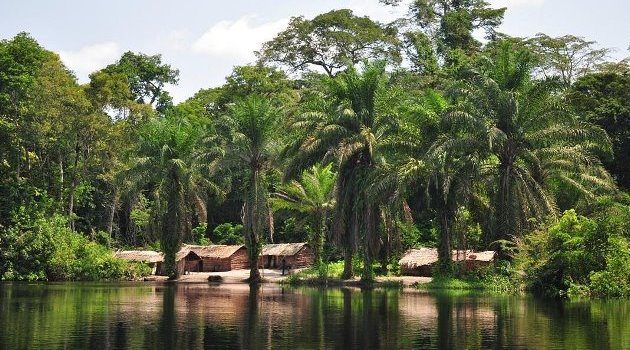
Lomaka-Yekokora forest in the Democratic Republic of Congo is a vast tract of untouched tropical wet forest in the heart of the Congo basin. The habitat is exclusively accessible by water and has the largest number of Congo Peacock ever recorded.
14. Virunga National Park
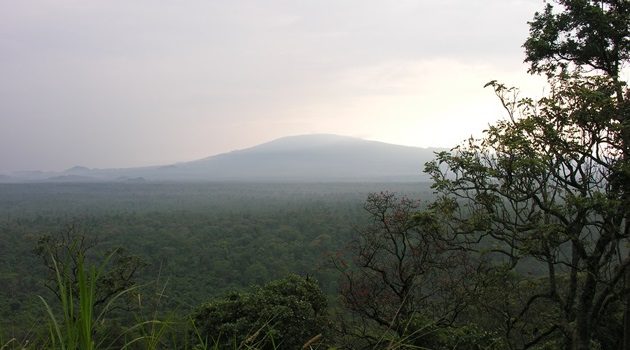
Virunga National Park is located near the Ugandan border and contains a diverse range of ecosystems. Of the Albertine Rift’s endemic birds, Rwenzori Turaco, Rwenzori Batis, Archer’s Ground Robin, Red-throated Alethe, Kivu Ground Thrush, Collared Apalis, Mountain-masked Apalis, Dusky Crimson Wing, Shelley’s Crimson Wing, Red-faced Woodland Warbler, Stripe-breasted Tit, Blue-headed Sunbird, Regal Sunbird, Rwenzori Double-collared Sunbird, Grauer’s Swamp Warbler, and the Yellow-crested Helmet-Shrike are all to be observed here.
15. Maiko National Park
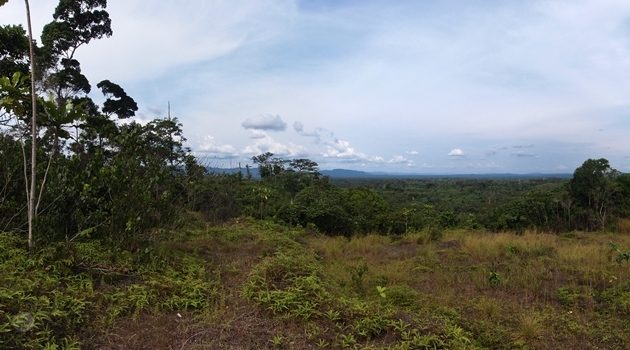
Maiko National Park is the Democratic Republic of the Congo’s most remote wildlife area. Covering an area of 10,885 km2, the vast moist forest is divided into three sectors, straddling the states of Nord Kivu, Province Orientale and Maniema. Three of the country’s spectacular endemic animals occur here: the Grauer’s gorilla, the okapi, and the Congo Peacock. Maiko is also an important site for the conservation of the African forest elephant, eastern chimpanzee and the endemic aquatic genet.
16. Garamba National Park
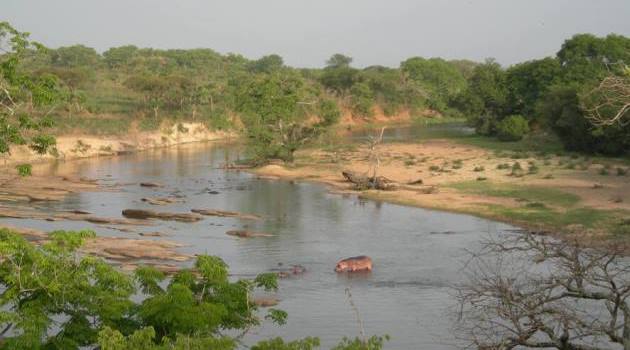
Garamba National Park is a large area of mainly densely wooded savanna, with gallery forest and papyrus wetlands, situated in northeastern Democratic Republic of Congo, on the border with Sudan. Garamba’s landscape is undulating and the park lies on the watershed between the Nile and the Congo rivers and is drained by many rivers, of which the Dungu, the Aka and the Garamba are the most important.
Garamba National Park has the only centre in the world for the domestication of the African Elephant Loxodonta africana, which started in 1901. The park contains the only protected area in the Sudan–Guinea Savanna biome in the entire Democratic Republic of Congo. In addition, five species of the Guinea–Congo Forests biome and one of the Lake Victoria Basin biome have also been recorded.
17. Forest West of Lake Edward
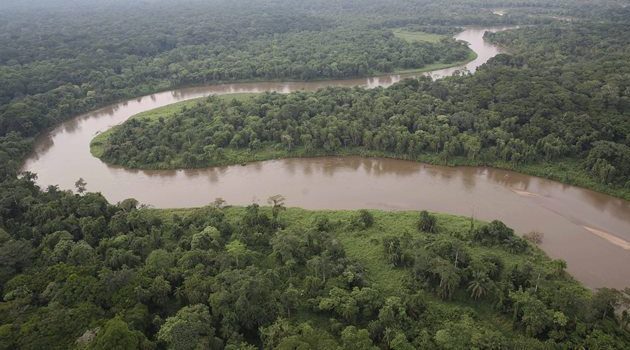
These forests that are situated immediately west of Lake Edward and Virunga National Park (IBA CD010) in eastern DR Congo comprise diverse forest habitats. The land rises sharply from Lake Edward at an altitude of 912 meters and the Semliki plains to over 2,000 meters in several places; westwards, beyond the mountains, altitudes decrease only gradually towards Maiko National Park (CD011).
The only part of the area currently protected are the environs of its highest peak, Mount Tshiaberimu at an elevation of 3,117 meters in the north, close to Lake Edward, which is included in the northern section of Virunga National Park. The area is heavily populated, especially the highlands, but in some areas of the west, population densities are low. The main population centres are Lubéro, Alimbongo and Lutunguru.
Key species of global conservation concern that may be expected to occur here include; White-naped Pigeon, Shelley’s Crimsonwing, Bedford’s Paradise Flycatcher Albertine Owlet, Rockefeller’s Sunbird and Grauer’s Cuckoo-Shrike. In addition, one species of the Lake Victoria Basin biome has been recorded.
Entrust our experts to plan for your DR Congo birding experiences.
Are you in DR Congo for a business meeting or one of those big conferences? Oluokos Signature birding team is available to organize for you customized memorable birding excursions within Lubumbashi, DR Congo and birding tours beyond.
WhatsApp/+254726063884
Text/Call: +254755694434
Email: goeco@theoluokos.com
For any further assistance, be it photography, more information about us, or anything else, kindly do not hesitate to get in to reach us on +254572533434 or via our website Oluokos Signature